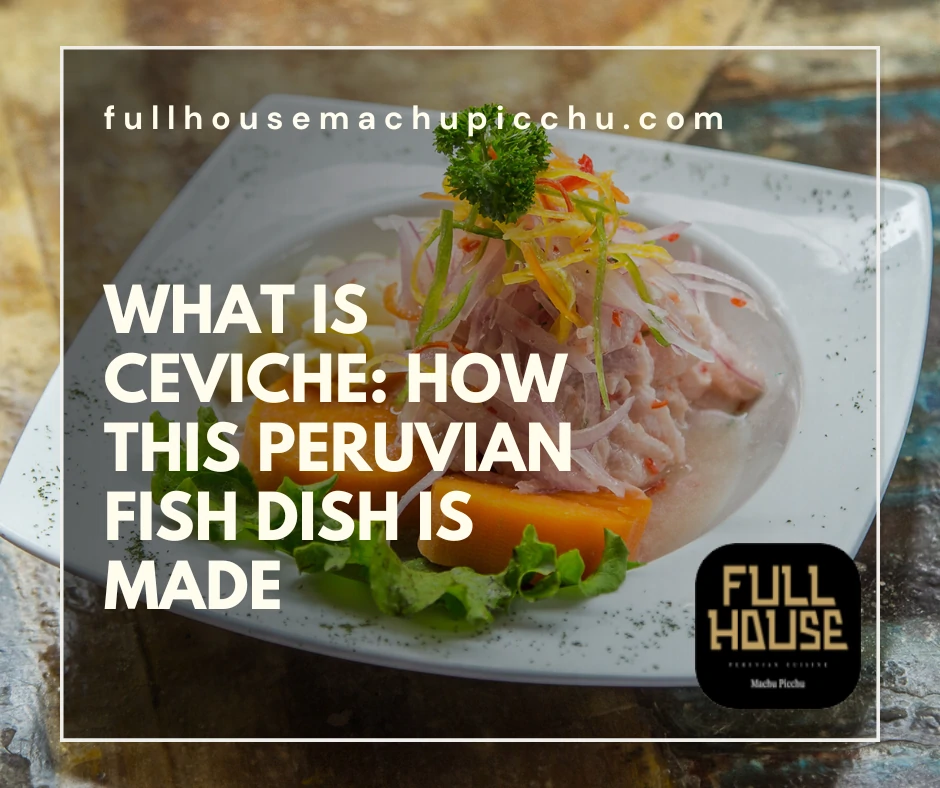Nestled in the heart of the Peruvian Andes, Cusco carries the majestic legacy of the ancient Inca Empire not just in its spectacular ruins and cobblestone streets, but also in the savory symphony of its rich culinary heritage. As the portal to the lost city of Machu Picchu, this vibrant city is no stranger to international attention, yet the story of its age-old gastronomic traditions often remains untold.
In this article, we seek to delve into the essence of this less-explored facet of the city’s cultural identity, illustrating the extraordinary journey of Cusco’s food culture from the cornfields of the Inca civilization to the bustling local markets and innovative kitchens of today. As we traverse the flavors and foodways of Cusco, we’ll unearth the culinary secrets handed down from generation to generation, and explore how modern chefs are creatively fusing traditional ingredients with contemporary gastronomy.
From the Inca Empire to the present: A history of Cusco’s culinary traditions
The culinary traditions of Cusco are as rich and textured as its historical tapestry. Rooted in the times of the Inca Empire, the cuisine evolved over centuries. Key to this culinary journey is “chicha“, a corn-based fermented beverage. Revered by the Incas, chicha is still a popular drink today, showing continuity in taste preferences.
Inca cuisine heavily relied on maize, potatoes, and quinoa. The harsh Andean environment required nutrient-dense, hearty food for survival. In the post-colonial period, Spanish influences began to shape Cusco’s gastronomy. New ingredients such as rice, wheat, and meats were introduced, diversifying the culinary landscape.
The hot rocoto pepper, native to Peru, is a staple in Andean dishes. Its fiery taste adds a distinct layer of flavor, symbolizing the resilience of local culinary traditions. Over time, regional cuisines from the coast and Amazon also left their imprint on Cusco’s food culture.
Today, Cusco’s cuisine presents a harmonious blend of ancient flavors and new influences. Local dishes reflect the city’s history, geography, and cultural diversity. Embracing the past while innovating for the future, Cusco’s cuisine is a living testament to its enduring culinary heritage.
Whether it’s sipping on chicha in a local market or savoring a dish spiked with rocoto pepper, every culinary experience in Cusco is a journey through time. These gastronomic traditions, deeply interwoven with Cusco’s identity, continue to thrive, offering a delectable taste of this ancient city’s enduring spirit.

Farmers, markets, and traditional kitchens: The heartbeat of Cusco’s food scene
Farmers, markets, and traditional kitchens form the vibrant epicenter of Cusco’s food scene. These entities play crucial roles in safeguarding Cusco’s culinary heritage. Andean farmers, in particular, are vital custodians of this tradition. With over 3,000 varieties, the potato, an Incan gift to the world, remains a significant crop.
Farmers’ dedication to preserving native potato species is laudable. Their commitment ensures the survival of this diversity, a cornerstone of Cusco’s culinary heritage. They cultivate these tubers at high altitudes, using ancestral farming techniques.
Moving from the fields to the markets, one can experience the riotous celebration of Cusco’s produce. From a myriad of colorful potatoes to exotic fruits, these spaces brim with local abundance. Here, the “cuy” or guinea pig, a traditional delicacy, can often be seen roasting on spits.
These markets serve as a link between rural farmers and urban kitchens. Traditional cooks rely on these fresh ingredients to create authentic Andean dishes. Cuy, paired with potatoes, often stars in these meals. Their cooking techniques, passed down through generations, are an essential aspect of Cusco’s culinary heritage.
The locals’ devotion to maintaining traditional cooking practices lends Cusco’s cuisine its unique identity. It reflects the city’s resilience in preserving its gastronomic roots amidst modern influences. This dedication guarantees that Cusco’s culinary heritage continues to flourish and enchant both locals and visitors alike.
In essence, farmers, markets, and traditional kitchens are not just the providers of Cusco’s food, but the custodians of its rich culinary history. Their collective effort ensures that Cusco’s culinary heritage remains a vibrant, integral part of its cultural tapestry.

The modern fusion: Integrating ancient flavors into contemporary gastronomy
In the heart of Cusco, a gastronomic revolution is unfolding. Chefs are ingeniously merging traditional ingredients with modern cooking techniques, creating a unique culinary fusion. This fusion is not just about innovation. It’s a conscious effort to preserve and evolve Cusco’s culinary heritage in a globalized world.
These culinary pioneers draw inspiration from the deep well of Cusco’s culinary heritage. They lean on traditional recipes, ancient ingredients, and cooking techniques inherited from indigenous cultures. This forms the bedrock of their culinary exploration. Their approach ensures the vibrancy of traditional flavors amidst contemporary gastronomy.
A key facet of this innovative trend is the reinvention of Peruvian drinks. From twists on the traditional chicha to innovative pisco cocktails, these beverages showcase Cusco’s culinary heritage in novel ways. They encapsulate the city’s spirit, pairing perfectly with the evolving food scene.
Cusco’s culinary heritage is also being championed in fusion restaurants. Chefs present familiar flavors in unexpected ways, pushing the boundaries of traditional cuisine. These establishments offer a culinary journey, merging the past and present through innovative dishes.
This modern culinary movement is not limited to high-end restaurants. Street food vendors, too, are creating exciting fusion dishes, making Cusco’s culinary heritage accessible to all. Their creations celebrate the essence of Andean cuisine, transformed by a contemporary touch.
As we witness this exciting evolution, it’s clear that the preservation of Cusco’s culinary heritage is in capable hands. The fusion of ancient flavors with contemporary gastronomy ensures the resilience of this heritage. It’s a testament to the enduring spirit of Cusco, as it continues to forge its culinary future while honoring its past.




